It is common to see a flex hose pushed over the end of an aluminum tube, then fastened with a hose clamp. Although reserved for low-pressure applications, the connection is perfectly airworthy when done correctly. The keys to success are a properly beaded tube and a quality clamp.
The old Parker Appliance Company made the classic beading tool. A complete kit contained a set of three roller frames and a tube holder, all packed in a nice wooden case. Interchangeable forming mandrels allowed the user to raise beads in ¼-inch through 1-inch tubing. Commercial and military production ended in the late 1960s, but new Parker kits remained readily available in the surplus market. Today the new kits are all gone. An alert shopper can sometimes spot a pre-owned bargain on eBay, and retiring A&Ps often pass them on to the next generation as gifts. Expect to pay $200 to $500 for a complete, original Parker beading set in good condition (Fig. 1).
Prefer to buy new? Not surprisingly, when the supply of Parker tools dried up, it was only a matter of time before someone put the design back into production. Aircraft Tool and Supply (ATS) makes the best-known new kit. As the ATS beaders precisely duplicate the originals (they bought the rights), ATS can also supply parts and service for Parker-made kits.
The budget alternative to a Parker/ATS tool is an Earl’s Performance EZ-Beader (Fig. 2). Earl’s beaders are sold in individual tube sizes. The bead is formed solely by ball pressure from the inside, thus the bead shape does not have a crisp concave external radius like one formed between the internal and external rolls of a Parker. To use one, you simply insert it into the end of a prepared tube, tighten the small nut, and turn the entire tool. EZ-Beaders are available in sizes up to 2 inches, at Aircraft Spruce or many hot rod shops.
Let’s Bead A Tube
Most aircraft fluid lines are fabricated from 3003 or 5052-0 aluminum, with a wall thickness of 0.035 or 0.049 inch. These alloys are relatively soft and easy to form. Parker-style beaders will also work with harder aluminum alloys, copper, and soft steel, but there is rarely much reason to do so.
Start by squaring and deburring the end of the tube (Fig. 3).
Parker sets include a tube holder with rubber jaws (Fig. 4).
The –6 size inner mandrel is locked into the frame with mid-size external rollers (Fig. 5).
The tool and tube are lubricated with oil (Fig. 6).
The end of the tube is positioned against the stop plate (Fig. 7) and the screw is tightened gently.
We want to start by forming a shallow track around the inside of the tube, so low screw pressure is used for the first few rounds (Fig. 8).
As the metal begins to move, the screw is tightened about 1/4 turn for each subsequent round until the bead is fully formed. (Fig. 9)
How high should the bead rise above the tube surface? The old MilSpec standard was MS33660D, now replaced by SAE AS5131. Tube sizes from ¼ inch through ¾ inch get beads between 0.030 and 0.040 inch high, while tubes 1 inch through 3 inches get beads 0.060 to 0.080 inch high. This bead measures 0.0625 inch more than the tube diameter, or 0.03125 inch high—close enough. (Fig. 10).
Clamping For Keeps
Before you buy another hose clamp, take time to look under the hood of a current production car. You won’t find many OEM-installed perforated-band worm clamps. Although a few may be used to fasten plastic air intake ducts, automotive engineers banned them from fluid lines years ago, for a very good reason—they do not provide reliable sealing. The foremost problem is extrusion of rubber hose material through the perforations. Clamp pressure is lost as the rubber squeezes out through the band. Make a resolution—no more cheap, perforated clamps on aircraft fluid lines! Reserve your supply for cabin air SCAT hoses and similar non-critical applications.
In addition to a non-perforated band, a good hose clamp installation meets two other criteria. First, the clamp is carefully matched with the diameter of the hose. The usual error is to select a clamp that is too large. Often some part of the perimeter is inflexible, and the result is a failure to develop clamp pressure in small areas (Fig. 11).
Second, the mechanism providing the clamp force cannot slip, loosen, or break. Cheap band clamps often have weak worm housings, and just a little deformation allows the worm to slip in the band. High quality clamps are obviously more substantial in this regard.
If the application calls for a conventional worm-type band clamp, look for a non-perforated, embossed band with rolled edges. The worm housing should be formed from seamless tubing or heavy material. The ABA brand (Fig. 12) is a good example. They are available from Wicks Aircraft and numerous other sources, meet the above requirements, and are conveniently sized using AN-SAE dash numbers.
Automotive fuel injection supply lines operate at higher pressures (40–50 psi) than those found in the typical aircraft fuel system. The common screw clamp for this application (Fig. 13) is a good choice for a small-diameter line.
The most popular OEM choice sidesteps the entire loss-of-clamping issue. Spring clamps (Fig. 14) are “constant clamping,” meaning even if the rubber extrudes or shrinks, the clamp will contract and maintain sealing pressure. They work well with all medium to soft rubber compounds (including silicone), are lightweight, and require little space. They can’t wear out, so this kind of clamp can also be very economical—OEM clamps salvaged from late model import cars will be as good as any you can buy.
Regardless of which clamp you choose, carefully consider quality. Cheap clamps are like cheap bolts. You wouldn’t expect to find AN/MS hardware at the corner discount store, and you are unlikely to find high quality clamps there either. Take time to search out and buy the best. Your airplane is only as good as its weakest link.
Photos: Dan Horton

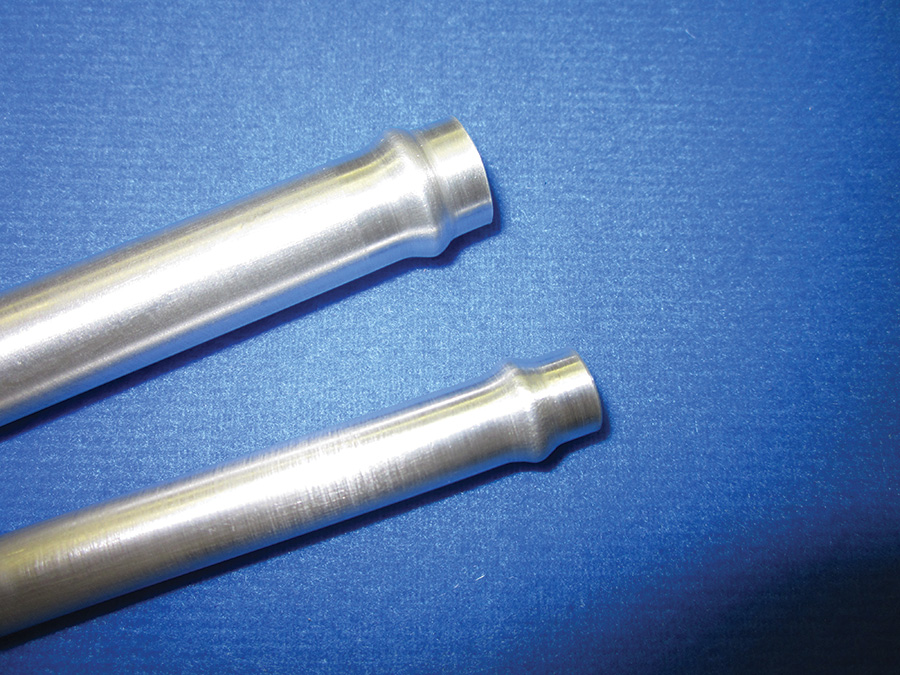
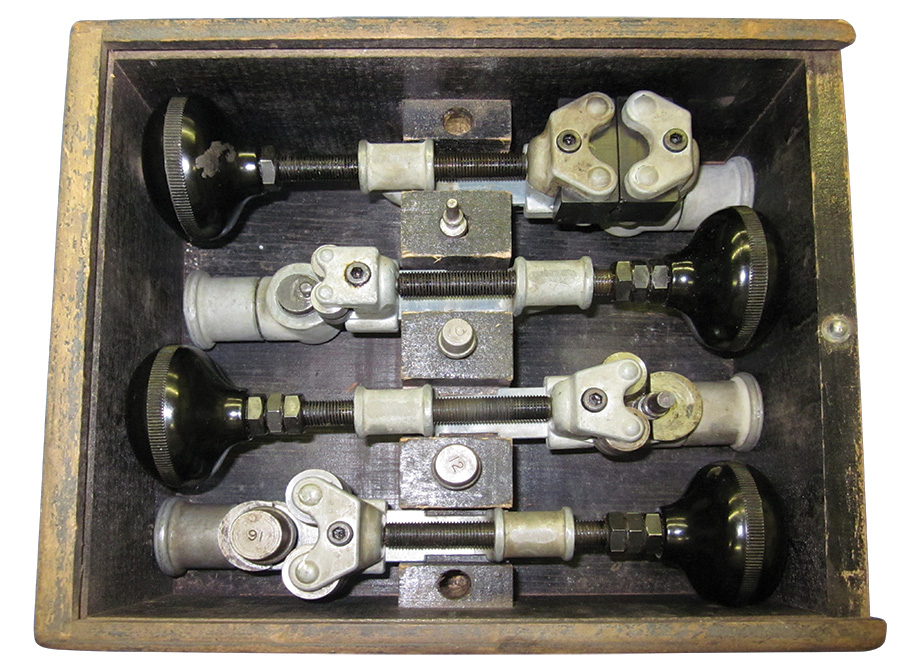
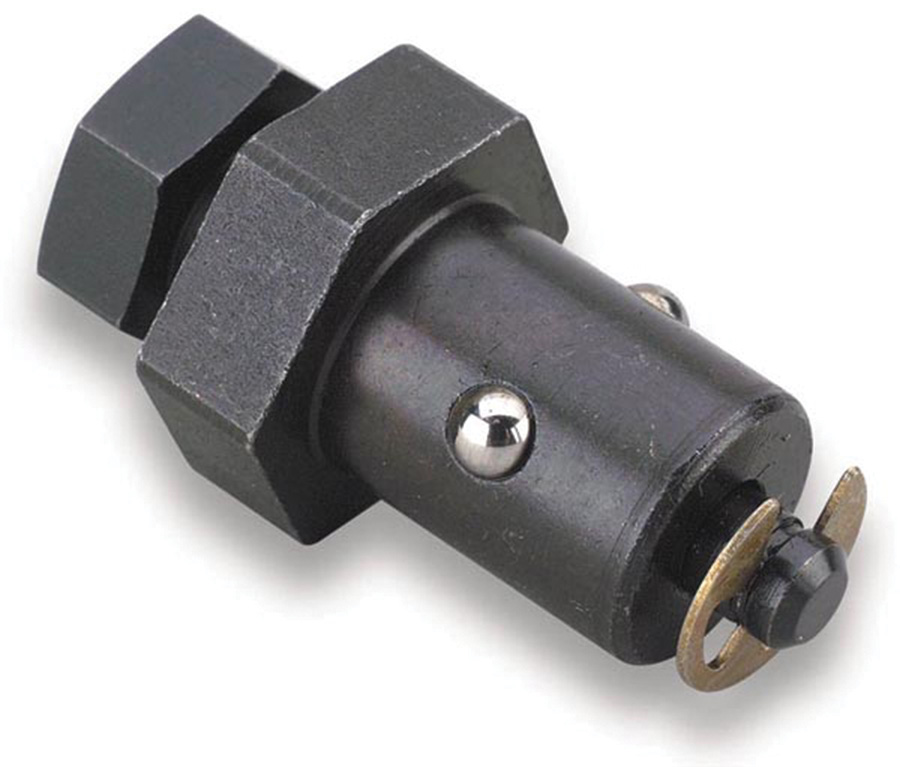
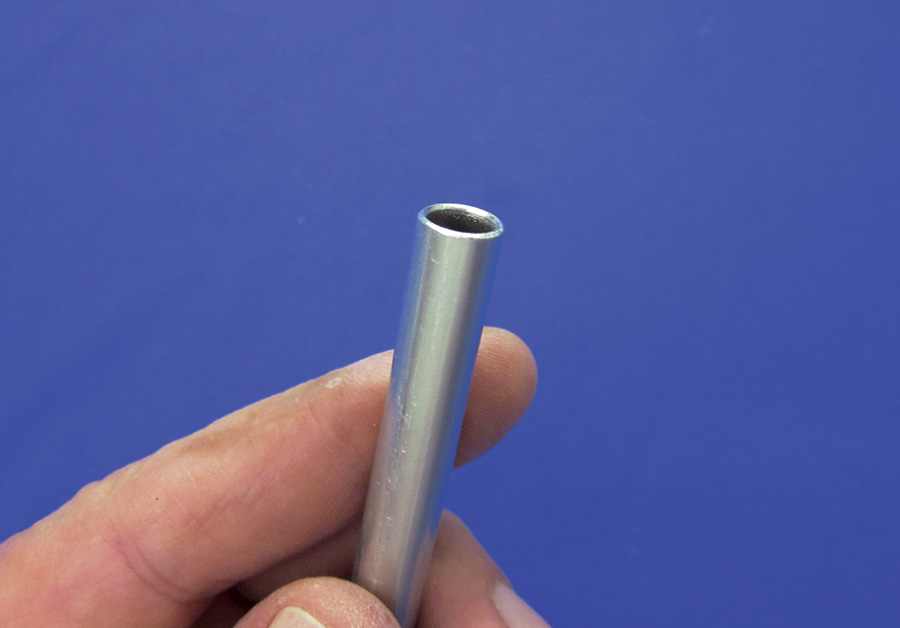
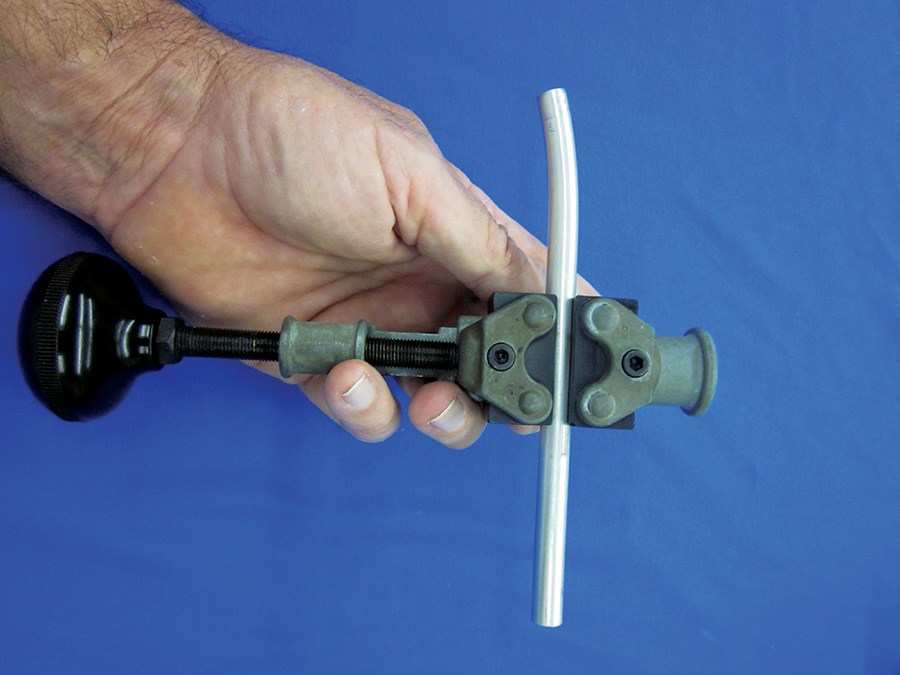
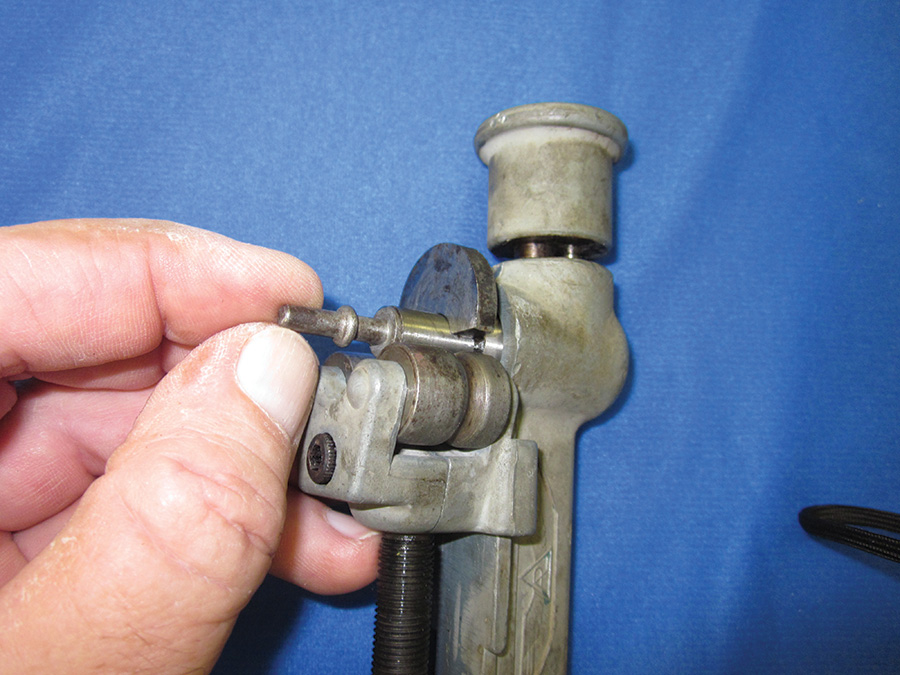
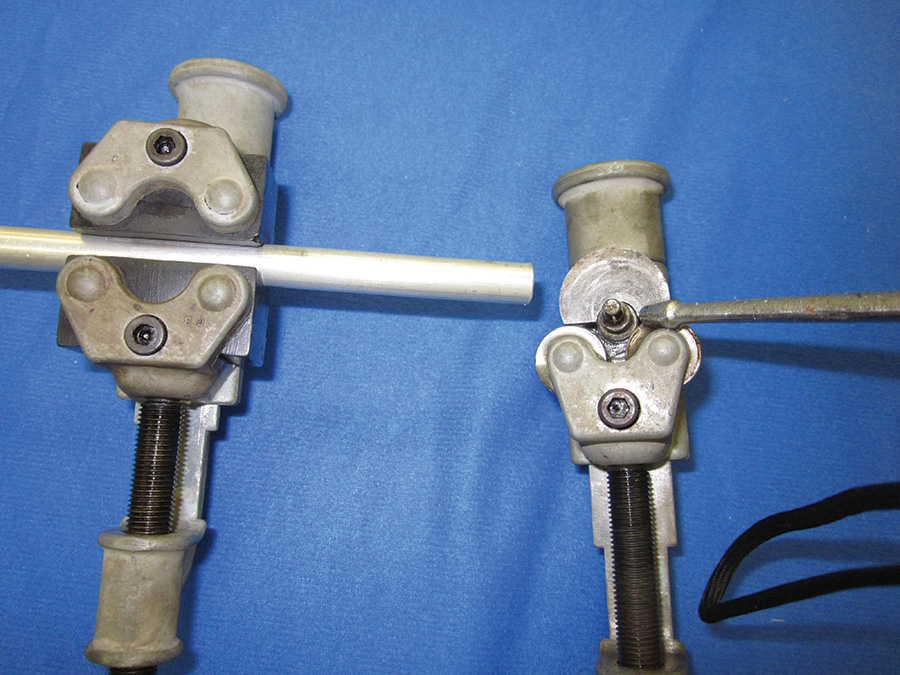
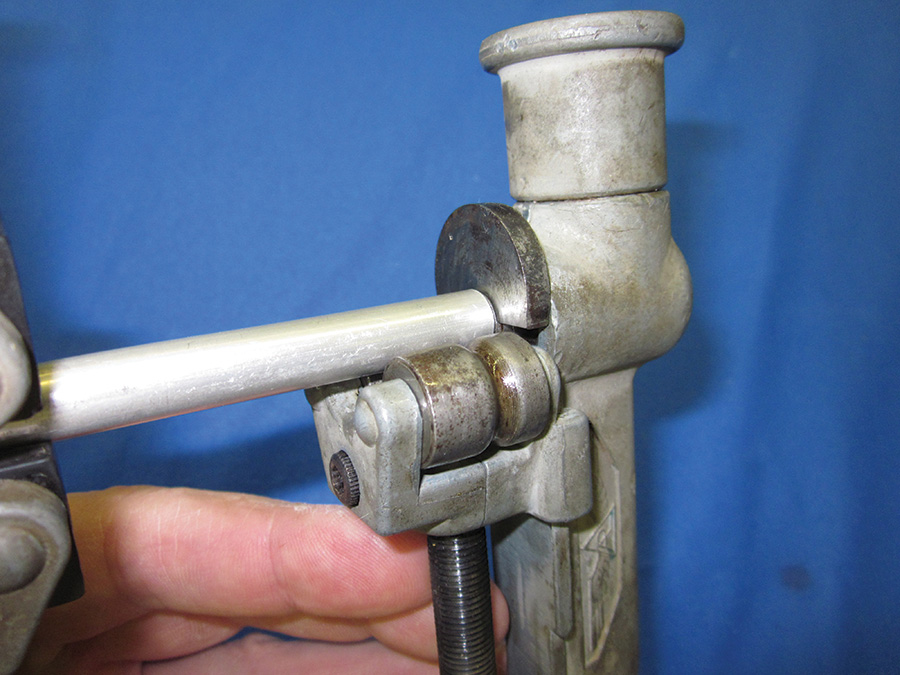
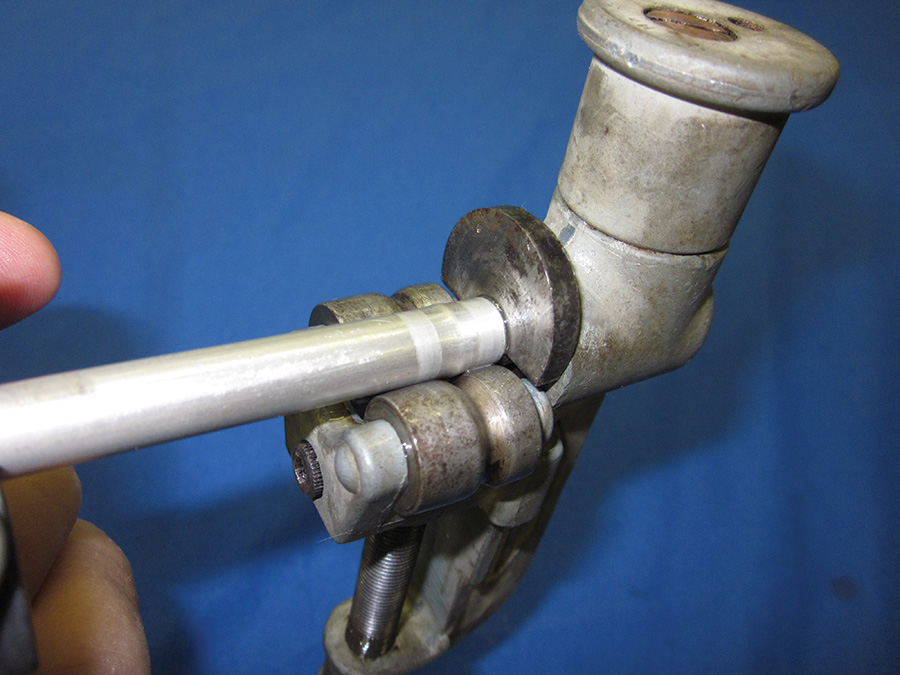
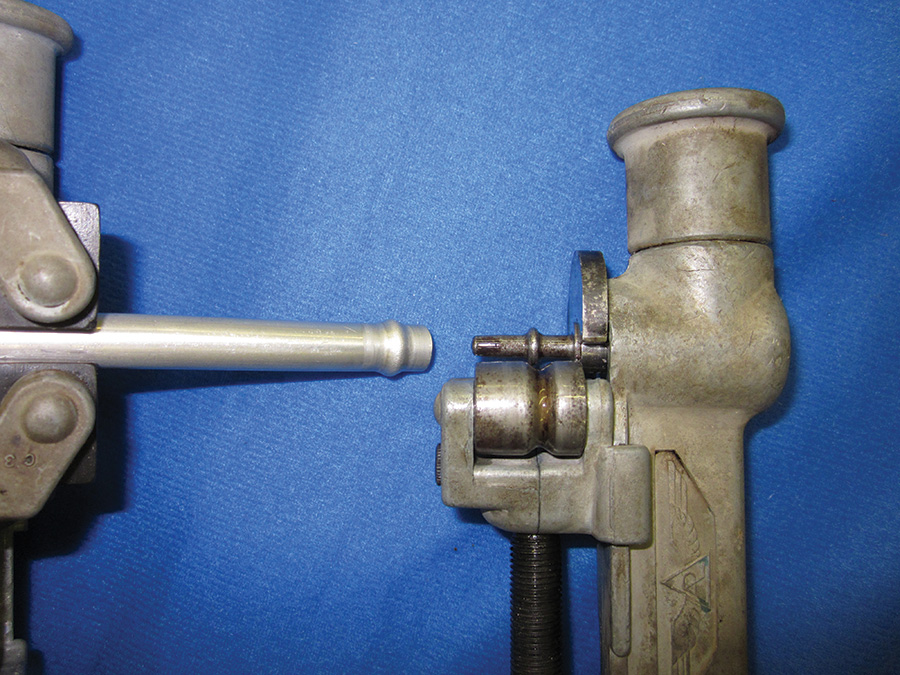


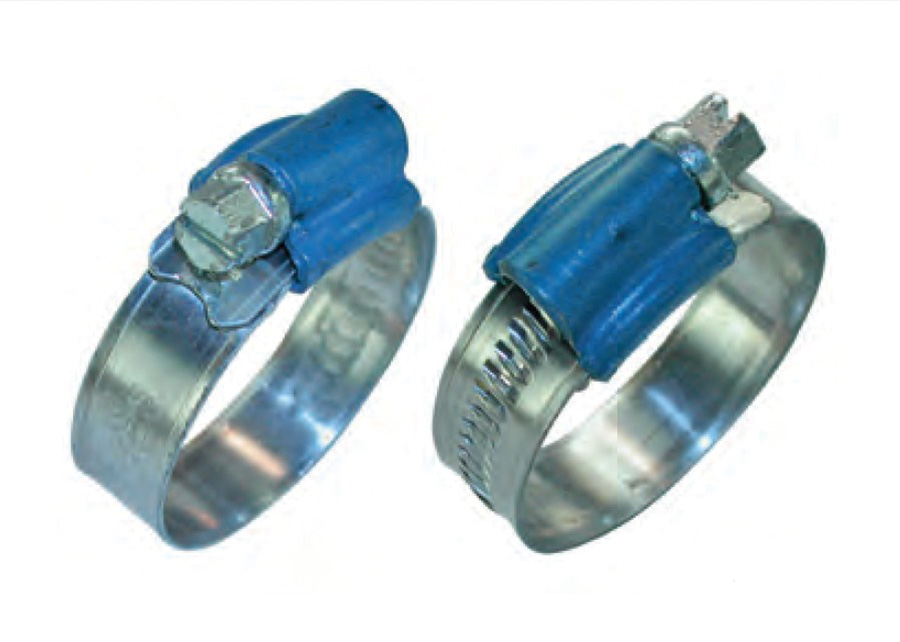
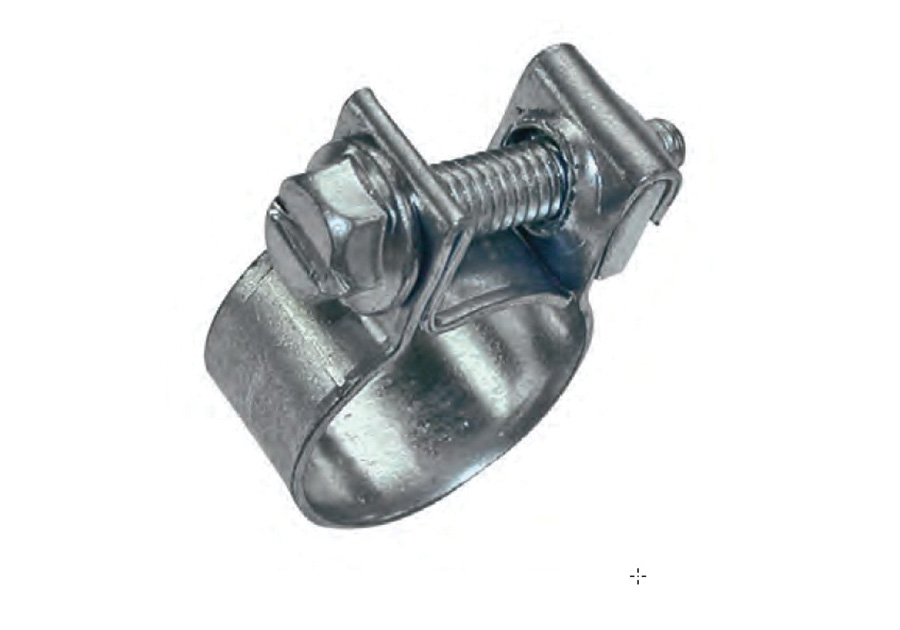

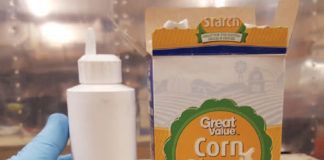
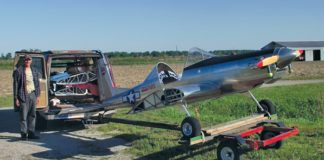
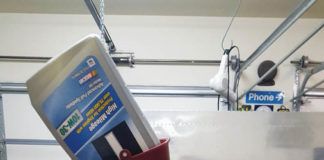

Dan,
Excellent advice. I am a newly minted LSRM-A with an OCD complex about doing my work on aircraft the right way. I do a lot of Rotax 5-year rubber replacements and the sloppy unbeaded tubes with auto store hose clamps I find on some of the aircraft I work on keep me awake at night. Another source of high-quality ‘Parker like’ tools is Grahamtool.com. And the proper clamps are another story all by themselves. Rotax engines come from the factory with coolant hoses secured by spring clamps to expand and contract, just like you recommended. And for permanent connections like fuel lines and oil hoses that won’t leak I use stepless Oetker clamps. I found the stepless type has an inner band that completely surrounds the hose. Don’t try and use cheap single or double ear clamps they just pinch the hose and raise a portion up for a ready-made leak. And one more tip yes you can use a pair of diagonal cutting pliers to close Oetker clamps but don’t. They cut into the clamp material weakening it and the correct tools are very inexpensive and all of these items can be found on Amazon.
Thanks for explaining that tubes 1 inch through 3 inches need beads between 0.060 and 0.080 high because I didn’t know that there was a correlation between the two. What does beading tubes do? I’d like to know in case I need to bead a tube for my project I’m working on.
Thanks Sir for sharing such valuable information.
I am searching for similar type of information from long time. Information on Bead Design is the best.